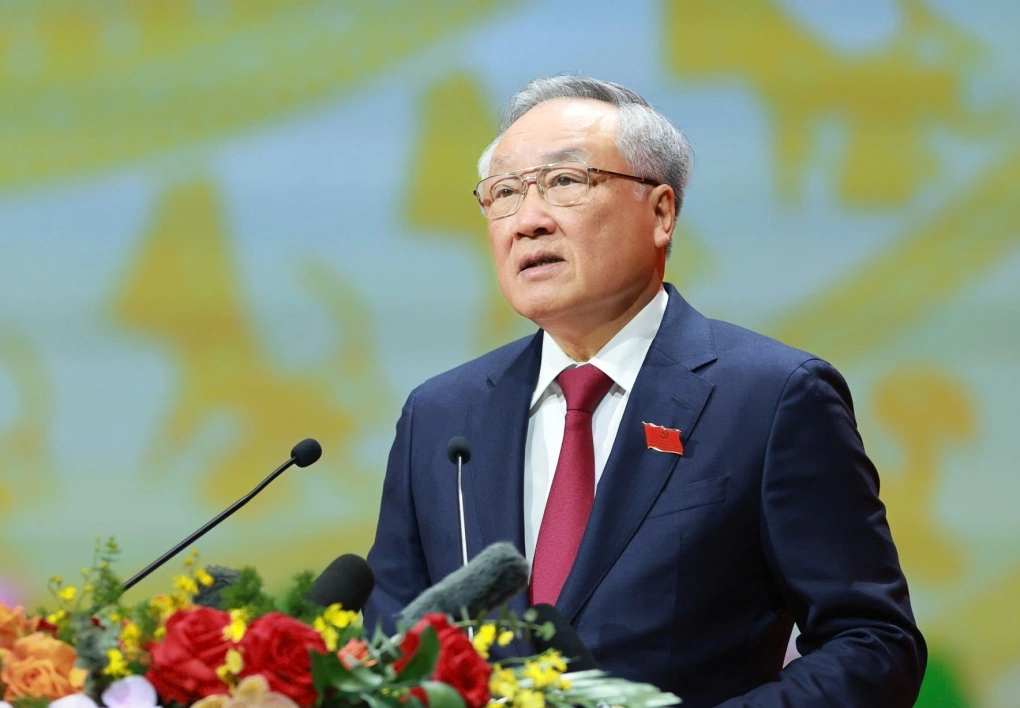HCMC – The Vietnamese Government has set an ambitious goal to achieve annual economic growth of 10% or higher, aiming to take the country’s per-capita GDP to around US$8,500 by 2030.
At the first Congress of the Government’s Party Committee for the 2025-2030 tenure that opened today, October 13, Permanent Deputy Prime Minister Nguyen Hoa Binh said Vietnam aims to become a modern industrialized nation with upper-middle income by the end of the decade. The country also targets being among the 30 largest economies in the world and the third largest in ASEAN.
According to the Government’s report, Vietnam’s GDP this year is estimated at US$510 billion, ranking 32nd globally, up five places from five years ago. Per-capita GDP has increased 1.4 times, from US$3,552 in 2020 to over US$5,000 by the end of this year. Meeting the 2030 target would mean a further 1.7-fold rise in per-capita income within the next five years.
Economic growth for 2025 is projected to exceed 8%, creating momentum toward achieving double-digit growth rates in the following years.
During 2021–2025, the state budget revenue is expected to reach VND9.6 quadrillion, 1.6 times higher than in the previous five-year period and above the original target. Vietnam’s total trade could climb to US$850 billion by 2025, putting the country among the world’s top 20 trading nations.
Looking ahead, the Government plans to build a modern national education system aligned with global standards and to invest in high-quality human resources. Infrastructure development will focus on synchronizing urban and rural growth, with cities serving as engines for regional development.
On governance, Binh emphasized the Government’s commitment to fighting corruption and waste and strengthening digital oversight to improve transparency.
To sustain double-digit growth, the Government will pursue a new growth model centered on industrialization, economic restructuring, and innovation. Science, technology, and digital transformation will be key drivers, positioning Vietnam among leading upper-middle-income economies.
Binh noted that inflation, public debt, and budget deficits will remain under control, while emerging growth drivers such as digital transformation, green growth, and the circular economy will be actively promoted.
The Government reaffirmed that the state-owned enterprise sector will continue to play a leading role, while the private sector remains a crucial growth engine. Foreign direct investment (FDI) will be selectively attracted, prioritizing technology transfer and innovation.
Vietnam also aims to complete 5,000 kilometers of expressways by 2030 and fully open the coastal highway, as well as railway projects linking Lao Cai – Hanoi – Haiphong and urban metro systems in Hanoi and HCMC (each 100 kilometers long).
Plans to develop nuclear energy will be revisited, with the Ninh Thuan 1 and 2 plants expected to be operational after 2030, using new, safe technologies.
Human resource development will focus on 11 strategic technology sectors, with the digital economy expected to account for at least 30% of GDP by 2030.
Earlier, Prime Minister Pham Minh Chinh highlighted Vietnam’s recent socio-economic achievements and urged delegates to propose breakthrough solutions to sustain macroeconomic stability, control inflation, and achieve average annual GDP growth of 10% or higher during 2026–2030.
He also called for accelerating institutional reforms to unlock productivity and fully harness both traditional and new growth engines, including digital and green economies.









